With more than 190 dog breeds, it is important to know what types of dogs you’re considering before adopting. But what are the 7 major groups of dogs? How do they differ?
This content should take around 4 minutes to read. However, if you are in a hurry, we have included a table of contents, so you can see the content at a glance.
Make sure to check out today’s deals to SAVE money on dog products by clicking on the graphic below. Don’t miss out.
This post contains affiliate links and I will be compensated if you make a purchase after clicking on my links.
—————————-
Dog breeds have been around for a long time and have always been a part of human society. The domestication of dogs is said to have begun about 15,000 years ago in the Middle East. They have been used for hunting, herding, guarding, and companionship.
If you’re thinking about getting a pup, here are some things you should know about 7 popular breeds and their histories.
Table Of Contents
Working Group:

Working dogs are very intelligent and motivated to work for their owners. Generally, they are strong and alert. They usually will be of a large size and protective of their owner if there is a necessity for this.
Socialization should take precedence in the early stages of development, as it will lead to less aggressive tendencies in the adult working dog.
The dogs in this group of dogs tend to be performing specific jobs such as rescuing people or guarding property. They consist of Dobermans, German Shepherds, and Great Danes. They have their intelligence and incredible energy levels but now they are also saving the lives of people!
————————-
Toy Group:
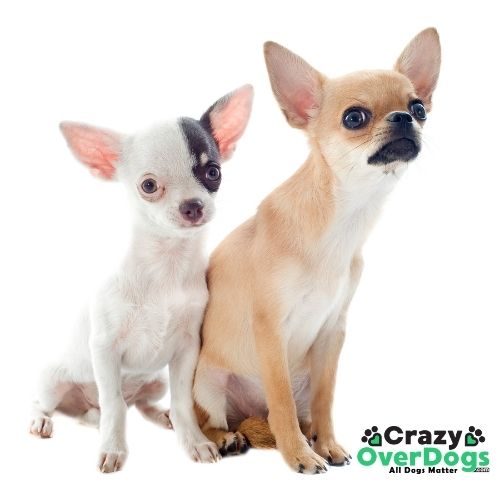
Toy dogs are popular among city residents for many reasons. One is because they are pretty adaptable to urban living, and don’t need as much space or exercise. They’re smaller in size and therefore easier for busy people to take care of.
With friendly and accepting temperaments, toy dogs are usually well-behaved in the home environment. They’re intelligent and social with plenty of energy. Despite their size, they can often be quite protective of their owners.
The toy group is often referred to as the smallest dog. Some of the most common breeds in this category are Chihuahuas, Maltese, and Miniature Pinschers.
Toy dogs often live longer due to their small size. Owners should be ready to provide care over the long haul.
————————–
Sporting Group:

There are 4 kinds of Sporting dogs that all have their own characteristics. When they’re out on the trail or in the water they’re active and like being close to their owner.
Sporting dogs also tend to be more high-strung, but in a playful way, making them great companions in most household settings, and typically great around children.
Dogs in this sporting group were bred to help hunters catch game and have been experts at catching feathered game.
Sporting dogs were developed alongside the invention of guns. This is because they were needed to help retrieve flying game birds like upland game or waterfowl.
These dogs have naturally active and alert personalities, stable temperaments, and instincts. Dogs make fantastic pets if you can take care of them. We have a wide variety of sporting breeds that are perfect for families with kids or people who like to be active. They’ll need exercise and time out in the fresh air, but they’re very affectionate too!
———————————
Non-Sporting Group:
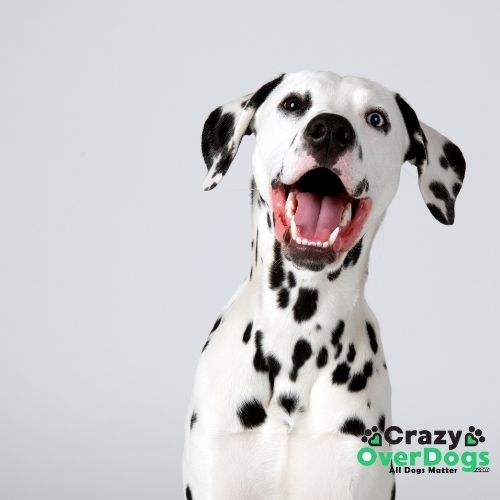
The Non-Sporting Group is a category for dogs that don’t fit anywhere else. It includes breeds from all across the world and doesn’t really have one specific job.
The AKC originally kept dogs in two separate categories. Then, over the years, hounds and terriers were separated into their own group while the Toy and Working categories came from Non-Sporting dog breeds.
Of course, it’s much more difficult to talk broadly about individual dogs. But most of them make good house dogs and watchdogs, depending on the breed. For example, the French Bulldog is different from the Poodle but that doesn’t mean they’re not both good at being house or watchdogs.
—————————
Herding Group:
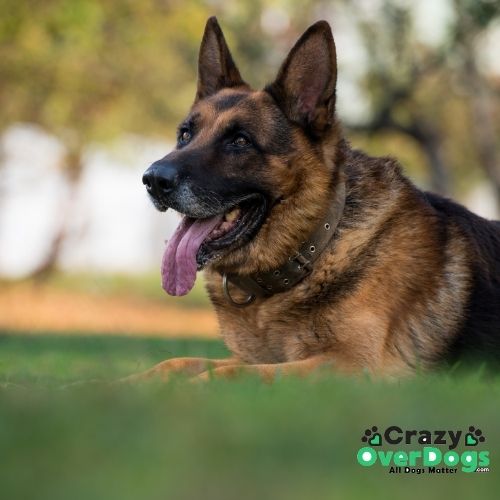
The Herding Group became independent of the AKC in 1983. The group is dominated by Collies and Shepherds and has a natural predisposition for exceptional intelligence. They also have a skill for training exercises which is often unparalleled
Formerly classified as working dogs, the herding group finally gained its AKC independence in 1983. Dominated by Collies and Shepherds, the herding group is known for their predisposition to high intelligence, expertise in training exercises, and of course, herding. It’s even common for herding dogs to gently corral humans from their own families.
Herding dogs also typically have high exercise demands, so an active lifestyle is a must if you’re considering adopting a dog from this group.
One of the most common breeds of dogs, herding dogs are gentle with people after they’re introduced to each other. They often work great for people who have high exercise demands
—————————-
———————————
Hound Group:
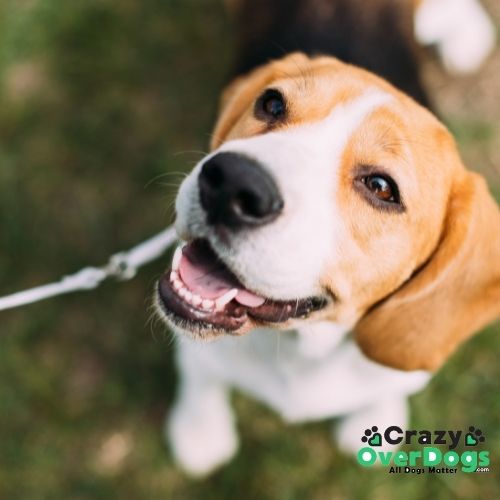
Though most hounds share the same tracking and hunting skills, there are many different breeds within this group of animals. Scent hounds have a keen sense of smell that they use to hunt and, in turn, track any game that’s running. They can be used for any type of hunting: including going after fast prey such as rabbits.
As with any other type of dog, we cannot make assumptions about the personality of different breeds. Some may be more affectionate and family-focused while others require more vigorous exercise.
————————
Terrier Group:
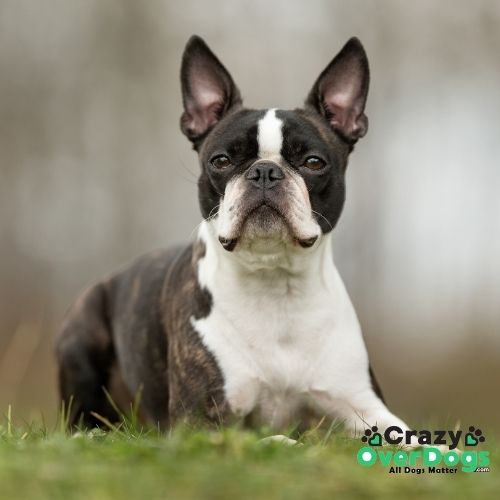
These high-energy dogs that were bred to hunt show no signs of backing down from any adversaries, whether squirrel or human.
All of these dogs share the common trait of showing stamina and courage to hunt their prey no matter what terrain they are in whether it be water, mountains, or air.
Terrier breeds are known to be energetic and feisty. However, they make great pets with a loving temperament. Some terriers may require special grooming and training.
This stubbornness can be part of their appeal, but it should be noted that this trait needs to be addressed through training in order to avoid issues later on.
————————-
FAQs:
———————–
Conclusion:
There are so many different dog breeds, which means that there is a dog out there for everyone. However, it’s crucial to ensure that the lifestyle of your new four-legged friend aligns with yours in order to make sure you pick the right breed.
———————–
Disclaimer: All material on this website is provided for your information only. It may not be construed as medical advice. No action or inaction should be taken based solely on the contents of this information. Instead, readers should consult appropriate health professionals or veterinarians on any matter relating to their pet’s health and well-being. The publisher is not responsible for errors or omissions.


